How to spray apricot and peach for curl after flowering
Diseases of fruit trees cause significant damage to the garden. If you do not take action in a timely manner, you can lose the entire crop, in severe cases - the entire orchard. Curl is one of the diseases that is better prevented than trying to cure the tree. Let's figure out how and how to process a peach after flowering from curliness, so that a gentle southerner continues to delight with fragrant sweet fruits.
What is leaf curl?
The first signs of the disease appear in the spring, when the first leaves open. Delicate leaves with swelling, similar to bubbles, differing in color - from light green in the early stages to red, are striking. Peach and apricot leaves curl, hence the name of the disease - curl.
The causative agent of curl is the fungus Taphrina deformans, the spores of which are carried by the wind. Spores settle on the bark of trees, overwinter in cracks in the bark, on gum streaks, in the buds. With the first spring rains, they penetrate directly into the buds, where they begin to develop. Most often, the disease affects peaches, nectarines, apricots - people from the south. The only good news is that a tree can become infected with Taphrina fungus only once a year.
In infected trees, not only the foliage suffers: the shoots are bent, shortened, the buds are deformed, die off without setting the fruit. Severe, extensive lesions lead to premature - by the middle of summer - leaf fall, which threatens the death of the plant in winter.
Complete cure is a lengthy process, it is a complex of activities carried out from early spring to late autumn. Particular attention should be paid to the prevention of the disease in the spring.
Remember! The first week after the blossoming of peach buds is the most dangerous period, it is on these days that delicate leaves easily "pick up" the infection. Older leaves are less likely to be affected by the fungus.
When and how to treat wood?
Since high humidity combined with sharp temperature fluctuations are ideal conditions for the development of Taphrina, the first time you need to spray peaches and apricots in early spring, before the buds swell, when the air warms up to + 4 ° C in the daytime. The average period is the first decade of March.
For the first spraying, use a 1% solution of copper sulfate, 3% Bordeaux liquid or fungicides:
- Horus;
- Delan;
- "Speed".
After 5 days, re-treatment is carried out.
Southern fruit trees are very sensitive to chemicals, an overdose can lead to negative consequences - a delay in the formation or absence of fruits, burns.
The principal opponents of chemistry use folk remedies, in particular, an infusion of tobacco from 1 kg of raw materials and 5 liters of boiling water. The mixture is infused for 3 days, then filtered, diluted with water (for 1 part of the infusion - 2 parts of water), trees are treated. Re-processing is carried out after 2 weeks.
No matter how attractive the method is for its environmental friendliness, its effect is insignificant. More effective is the use of a clay emulsion made from 350 g of clay, 90 g of slaked lime, 10 liters of water. The clay is stirred in water until a homogeneous mixture, then, without stopping stirring, add lime. The solution is not stored, they immediately need to be sprayed with an apricot or peach. Processing is carried out several times with an interval of 10-12 days.
The effectiveness of folk remedies against curliness is manifested only with the systematic, several years in a row, processing of fruit trees.
Summer residents also use a 1% solution of colloidal sulfur or biological products.
The second treatment is during the extension of the buds (on the pink bud).From this point on, the use of chemicals is undesirable, folk or biological remedies are used.
The next spraying is carried out immediately after flowering, also using folk recipes or bioactive preparations.
Biological products against curl
Processing peach and apricot trees after flowering is equally important. The use of toxic substances during this period is undesirable, therefore biological agents are used - "Biostat", "Trichodermin", "Planriz", "Pentafag".
- "Biostat", developed by domestic scientists, effectively works against fungal and viral diseases of garden, vegetable, melon crops, helps to completely get rid of aphids on peaches and other pests. Moreover, the drug is non-toxic for pollinating insects, people, small animals, birds. The basis of the preparation is coriander essential oil. The working solution is prepared in accordance with the instructions for use.
If the leaves of peaches curl, there is a hope that it is aphid, which is easier to get rid of. Before starting treatment against curl, check if the tree has been attacked by pests.
- "Trichodermin" contains spores of the antagonist fungus. The working solution is prepared from 20 g of the drug and 10 l of water. Trees are sprayed from the moment of formation of 2 leaves every 10-20 days. With severe lesions, the concentration of the drug is increased, but not more than 40 g / 10 l.
- "Planriz" inhibits the activity of pathogens of fungal diseases, promotes better absorption of nutrients, combined with other biological products. Treatment (spraying) is carried out every 2 weeks with a 0.5% solution.
- "Pentafag-S" - biofungicide, simultaneously effectively fighting viral and bacterial infections. Increases productivity. Used in accordance with the manufacturer's instructions.
The advantage of biological products designed to combat curliness is the ability to use them at all stages of the growing season. An additional plus - the listed products are well combined with other biological products, typical chemicals.
Timely spraying with fungicides is not enough to cure peaches and apricots for curliness. It is important in the spring and autumn to cut out the affected shoots, prevent the accumulation of debris under the trees, and take measures to scare off and destroy pests.
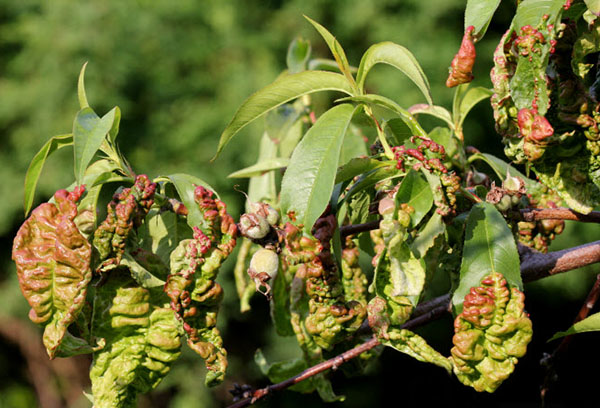
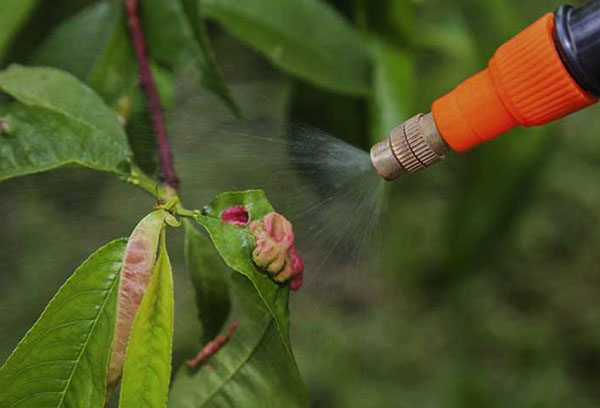
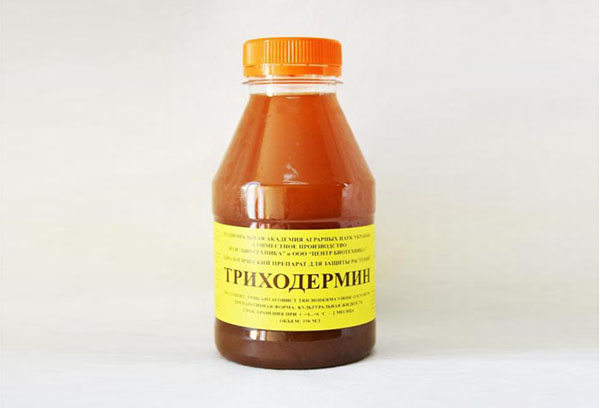
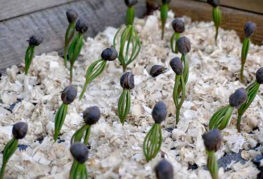
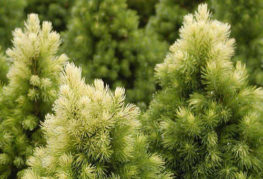
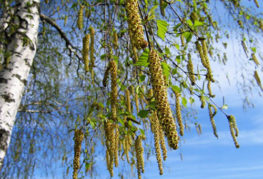
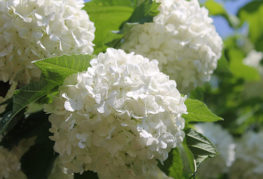
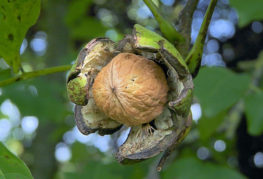
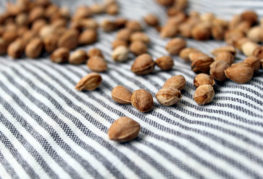
and will be published shortly.